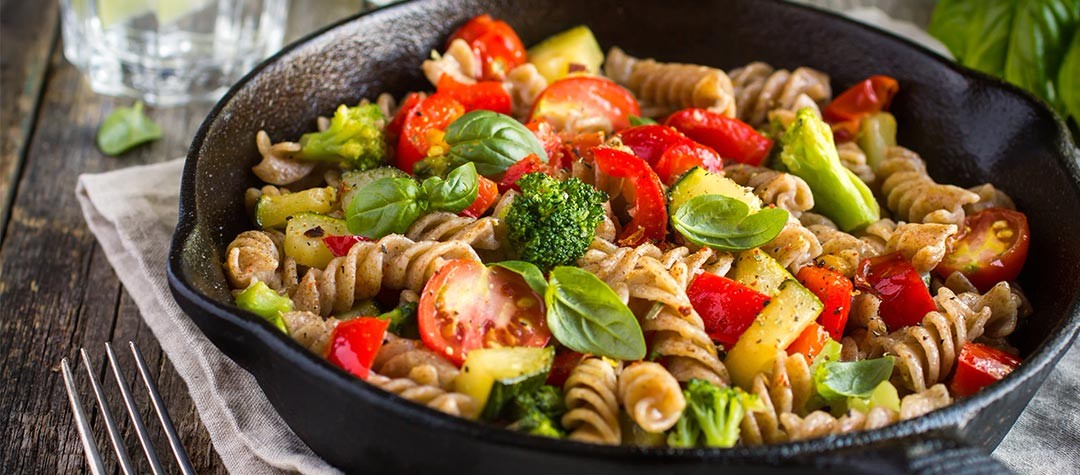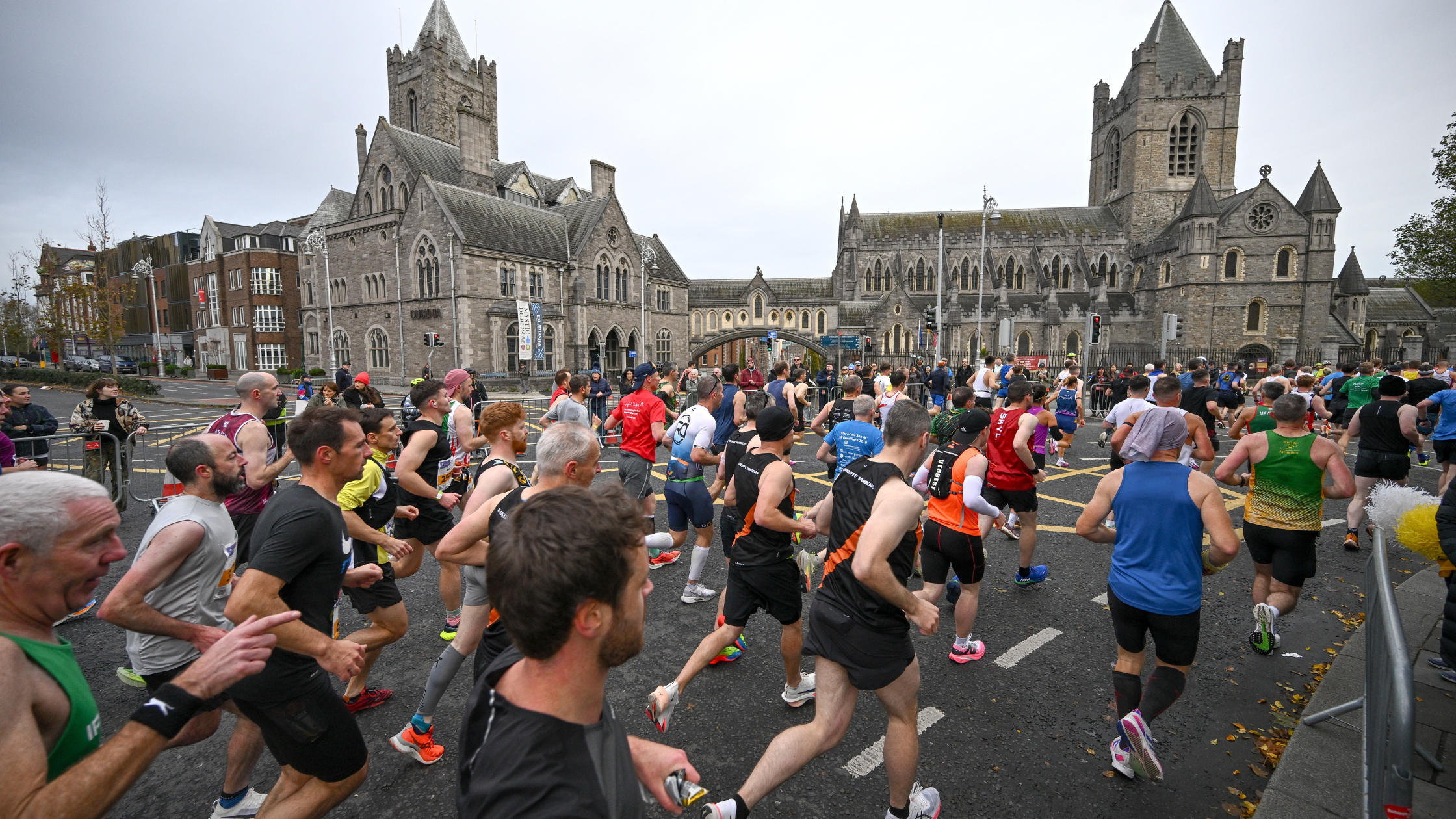You've probably seen or read plenty telling you how a balanced GI can help improve your running performance, but is the fuss about glycaemic index eating really justified?
Glycaemic index is a ranking system for foods, based on the rate at which they release energy into the bloodstream. Foods are ranked from 1 to 100 according to how fast they are absorbed, which can be useful when planning your fuelling strategy for your running training and races.
There are two main categories of GI foods — high GI foods, and low GI foods:
High GI foods
These foods are rapidly absorbed by the body and provide a quick source of energy. Examples include:
- Glucose
- Sugars
- Refined products such as white bread, cakes and biscuits
Low GI
These foods are absorbed much slower by the body and provide a more sustained source of energy. Examples include:
- Porridge
- Grains
- Unrefined products such as wholemeal bread, pulses and many vegetables
Can GI eating help my running?
Practising good GI eating really can make a difference. During your run, you burn calories, and the further or faster you run, the more calories you use. To effectively replenish your fuel stores, you need to eat carbohydrate. Carbohydrate can be either high GI (fast release simple sugars) or low GI (slow release complex type carbohydrates). Simply put, your GI strategy should be as follows:
- Pre-run - Eat low GI foods. These will provide you with a sustained energy release during the run, and ensure you don't run out of energy mid-way through your session.
- Post-run - Eat both high and low GI foods in the correct proportions and at the correct time and this will maximize your recovery and enable you to load fuel at the optimum rate.
Fuelling before a run
For your race or running training session, you need to take in slow release energy to provide a sustained supply of fuel for the entire duration of your run. You should therefore look to consume low GI foods such as wholemeal pasta, porridge and vegetables. If you eat high GI foods, you will get a quick energy 'hit' but the effects will be short-lived and will be followed by an energy low, which will significantly hamper your performance. That is why marathon runners typically enjoy a ‘pasta party’ before they race.
You should also make sure you allow plenty of time for digestion before your running activity, because low GI foods take longer to leave the stomach and digest than high GI foods.
Refuelling after a run
The 15 minutes after your running session is your 'window of opportunity' for optimum refueling. During this period, your muscles are most receptive to restocking with energy, and so you should consume high GI foods because they enter the bloodstream rapidly and will quickly commence the refueling process. Drinking a high GI drink is ideal, as it will be absorbed even faster due to it being a liquid, plus it will also help you to re-hydrate.
The 15 minutes after your running session is your 'window of opportunity' for optimum refueling.
After the initial 15 minutes post-session, your absorption rate will begin to fall, so you should eat only low GI foods after the 15-minute 'window'. Ideally, you should try to eat a low GI carbohydrate meal together with some protein in the period between 15 minutes and 2 hours after your run. The low GI food will provide you with sustained energy for your next training session and the protein content will further help the desired 'slow release'.
GI energy tips
Apart from capitalising on the body’s 'window of opportunity' after training, your diet should be completely focused on unprocessed, low GI foods so that you have enough slow release energy for sustained training.
To make the most of GI foods, try the following tips:
- Include fat in your diet - Ensure that your meals contain a small amount of fat, which will help to slow down gastric emptying (try to avoid saturated fats)
- Include protein - Including protein with each meal will further slow transit time from the stomach.
- Eat fruit and fibre - By making your meals fibre rich, i.e. by avoiding highly refined factory-made produce, and eating wholegrain foods and plenty of fruit and vegetables, you will be getting plenty of fibre, which helps to slow down the absorption of glucose into the blood.
- Quick cook - Reduce your cooking times because the longer you cook carbohydrate-rich foods, the more they break down into simple sugars, and hence the faster they are absorbed.
- Unripe can be good for low GI - The riper a piece of fruit is, the more simple sugars it contains; bananas are a good example as they become sweeter when they are very ripe. Less ripe fruit contains more complex carbohydrates and will therefore have a lower GI.
- Timing helps - The body’s GI response is greater at the end of the day, so for marathon runners, that evening pasta meal is timed just right for the race the following day.
GI in the long run
For the runner, there are few better nutrition plans than following the GI method. GI eating focuses on unprocessed foods, avoids simple sugars and balances meals with fibre, protein and fat, which are ideal combinations for a runner’s diet. Running primarily requires slow release energy, and because the foundation of any GI eating plan is on always eating complex carbohydrates, it will optimise your running-specific nutrition, which means that you are giving yourself the best chance of performing well. In addition, you will find that weight management is easier, because you are cutting out the high-fat and low-nutrition foods and supplying your body with a wide range of nutrients.














